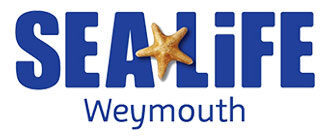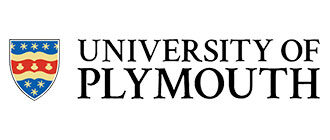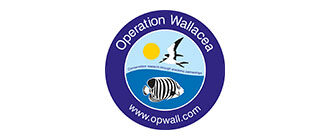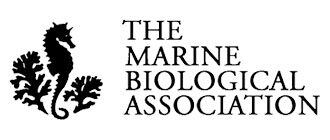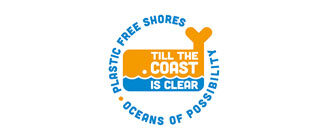By Kayleigh Heckford – Digital Reporter
NEW reef-like structures that will establish ecosystems and support the fishing industry have been placed in Weymouth Harbour.
The Sea Hives have been installed underwater in Weymouth Harbour, suspended from the Pleasure Pier.
They are designed to resemble the marine environment and encourage the natural behaviour of fish and other marine life. It is hoped they will establish new ecosystems in the harbour and, in the longer run, support Weymouth’s fishing industry.
They are made from recycled fishing nets and plastic bottles, and are moulded to make hexagonal tubes – providing a habitat for marine life.
Read more: Dorsetshire Regiment World War I Private found to be member of the Peaky Blinders
The installation was completed in April and the ecosystem’s development will be monitored over the coming months and years. It is hoped that one day the Sea Hives will be accessible by snorkel and be seen through a small viewing platform on the pier.
Cllr Mark Roberts, Chair of Dorset Council’s Harbour Committee, said: “We’re really looking forward to observing how the ecology of the Sea Hives develops, and the broader benefits that they may bring to Weymouth Harbour. They provide a tangible example of the ‘reduce, reuse, recycle’ message and we’re proud to be part of this exciting project.”
The Sea Hives project has been jointly funded through a National Lottery Community Fund grant of £3790 awarded to Dorset Council’s Weymouth Harbour team and £2000 from SEA LIFE Weymouth. Weymouth Town Council also contributed £2000 towards new benches and information boards on the Pleasure Pier which will use artwork created by year five students from Conifers Primary School.
Read more: Mary Anning statue revealed in Lyme Regis
David Francis of Sea Hives Ltd, said: “The Weymouth Pleasure Pier is an ideal location for suspended Sea Hives, providing both a stable environment and a good supply of nutrient rich water from Weymouth Bay. These factors are vital for marine life seeking protection in the shelters, as well as the important filter feeding animals that settle onto their surface and pioneer the development of new ecosystems.
“The plan is to capture images of marine life as it starts to colonise and occupy the Sea Hives and share these with the local community and schools to demonstrate how the project is benefitting the local environment.”


